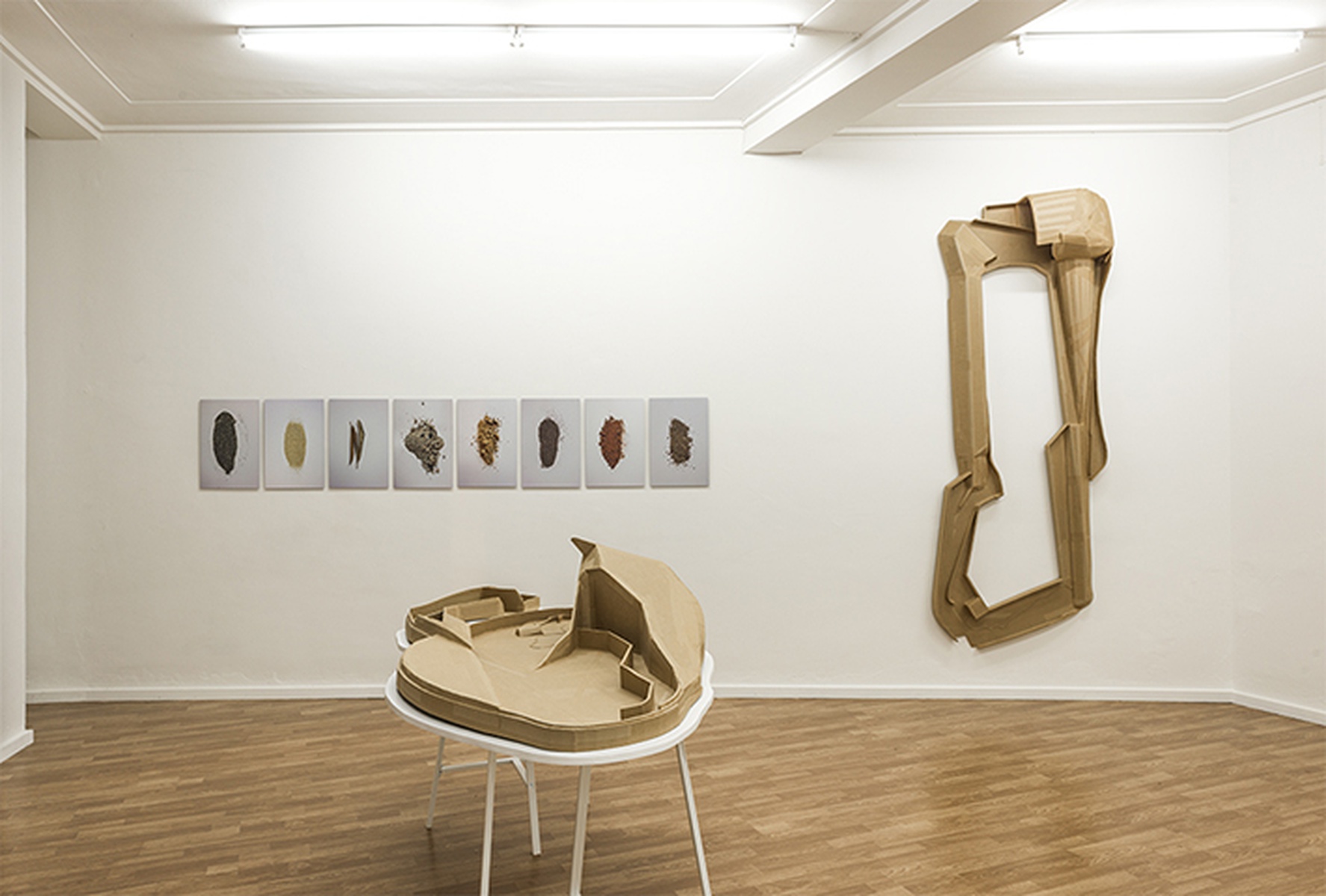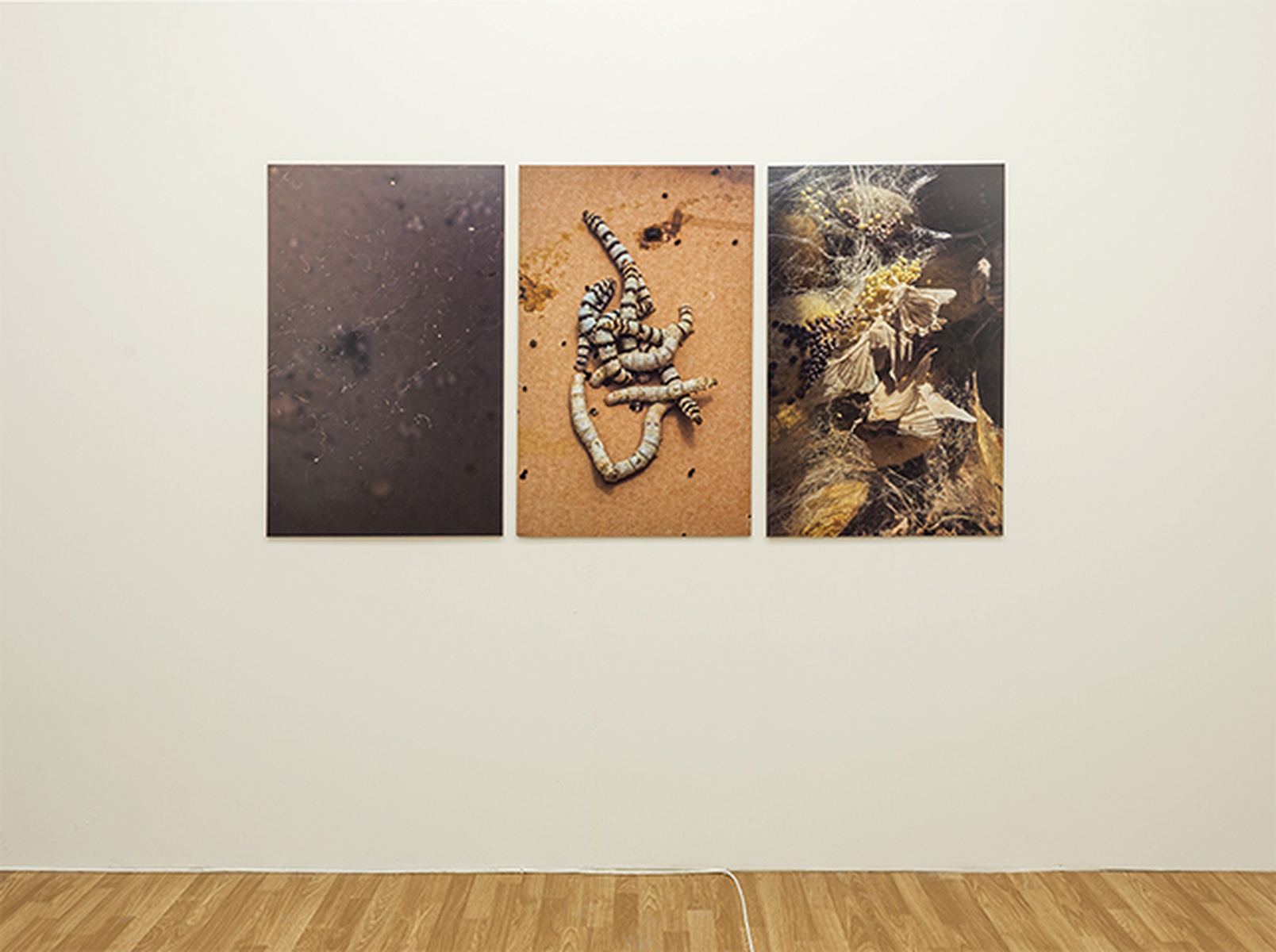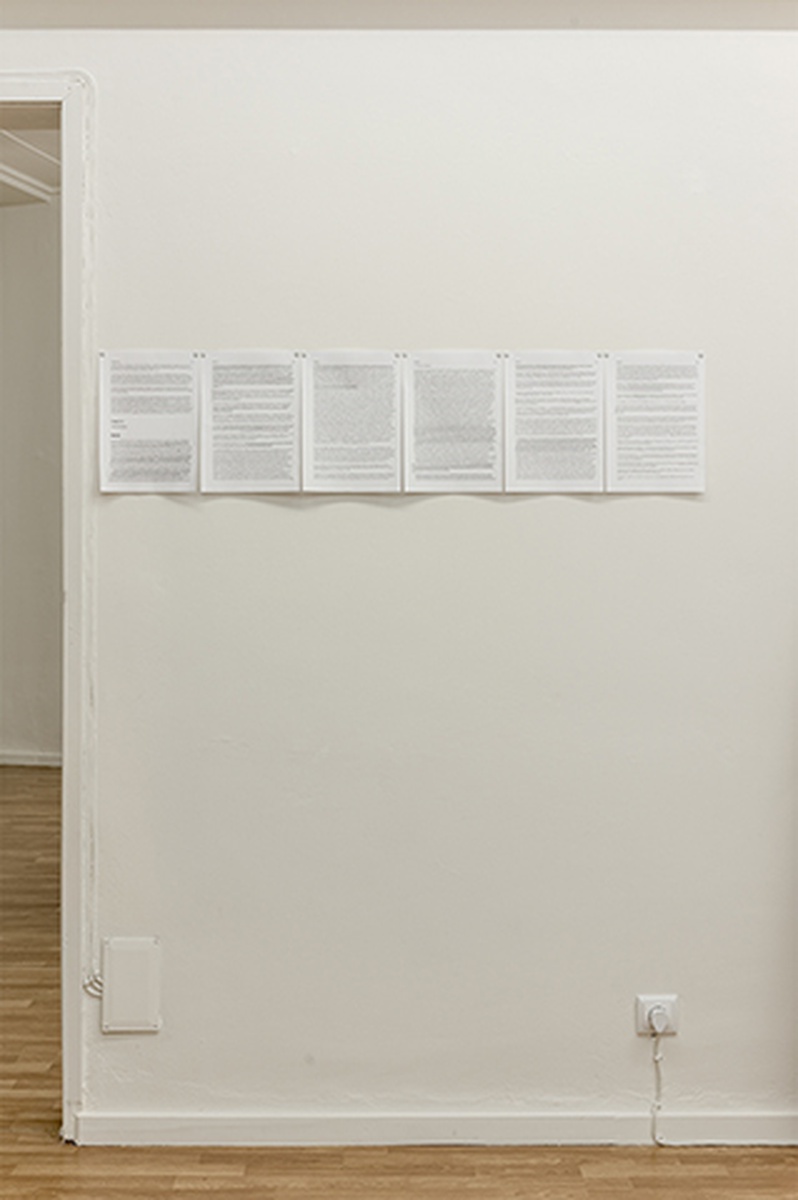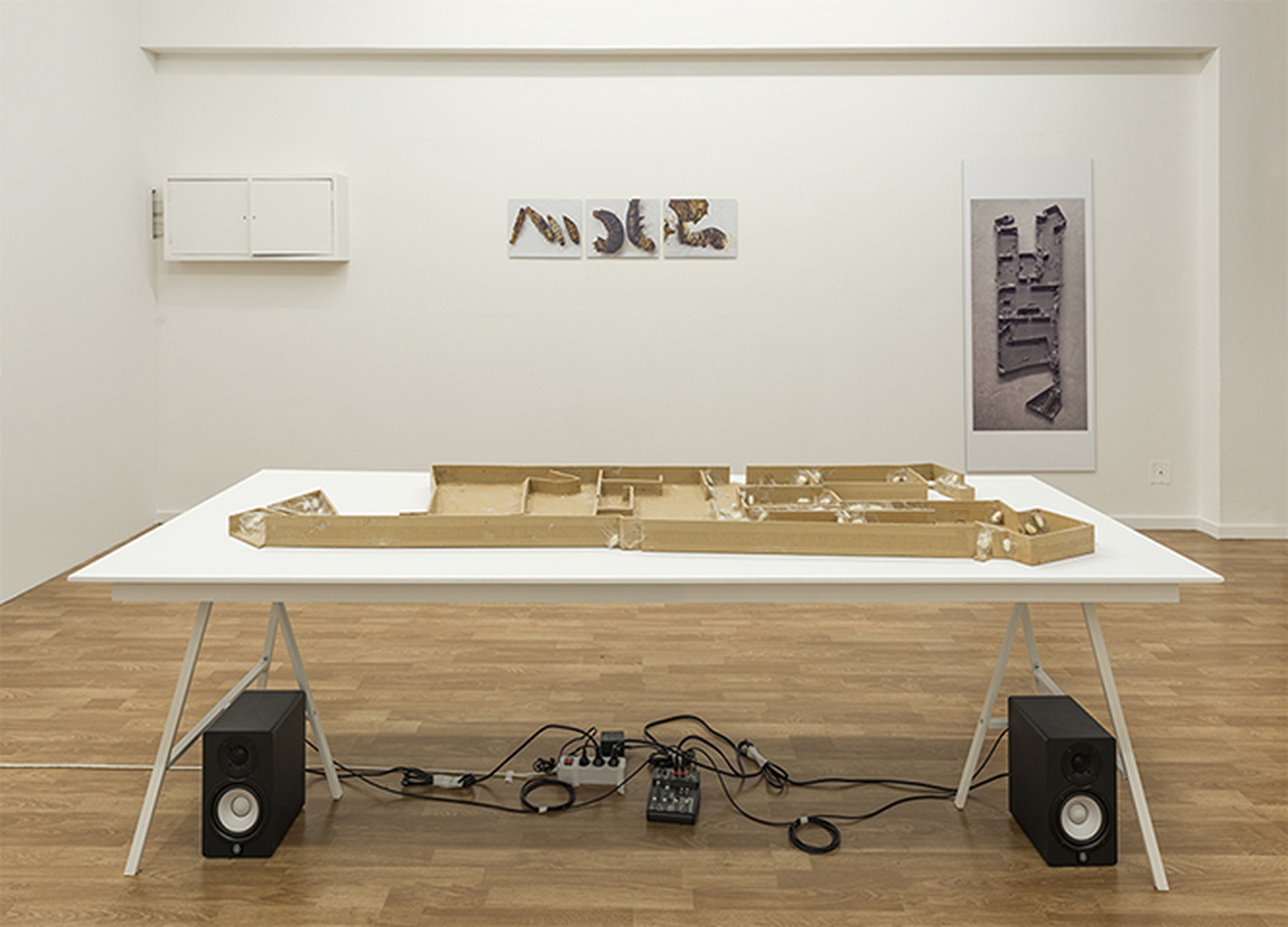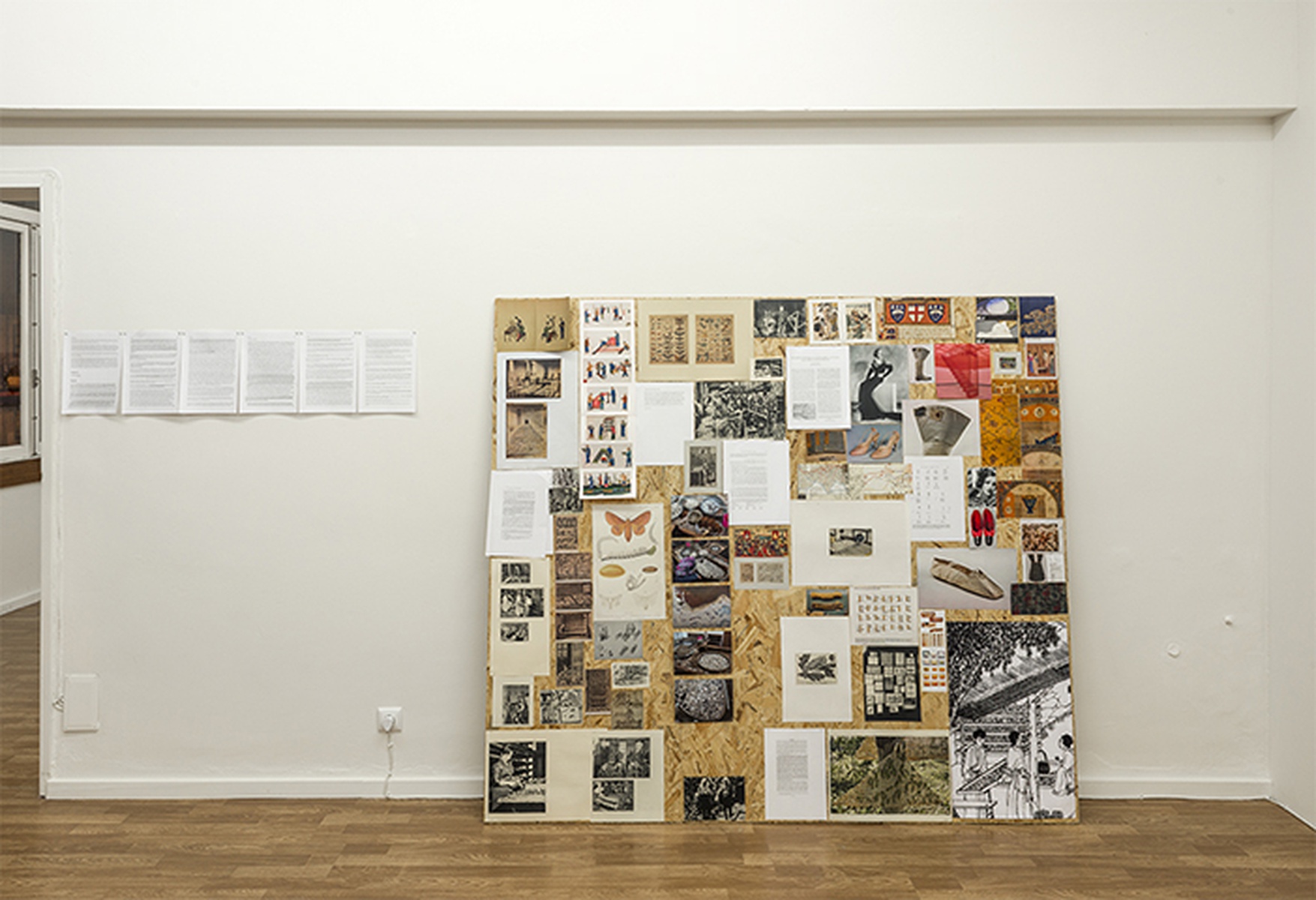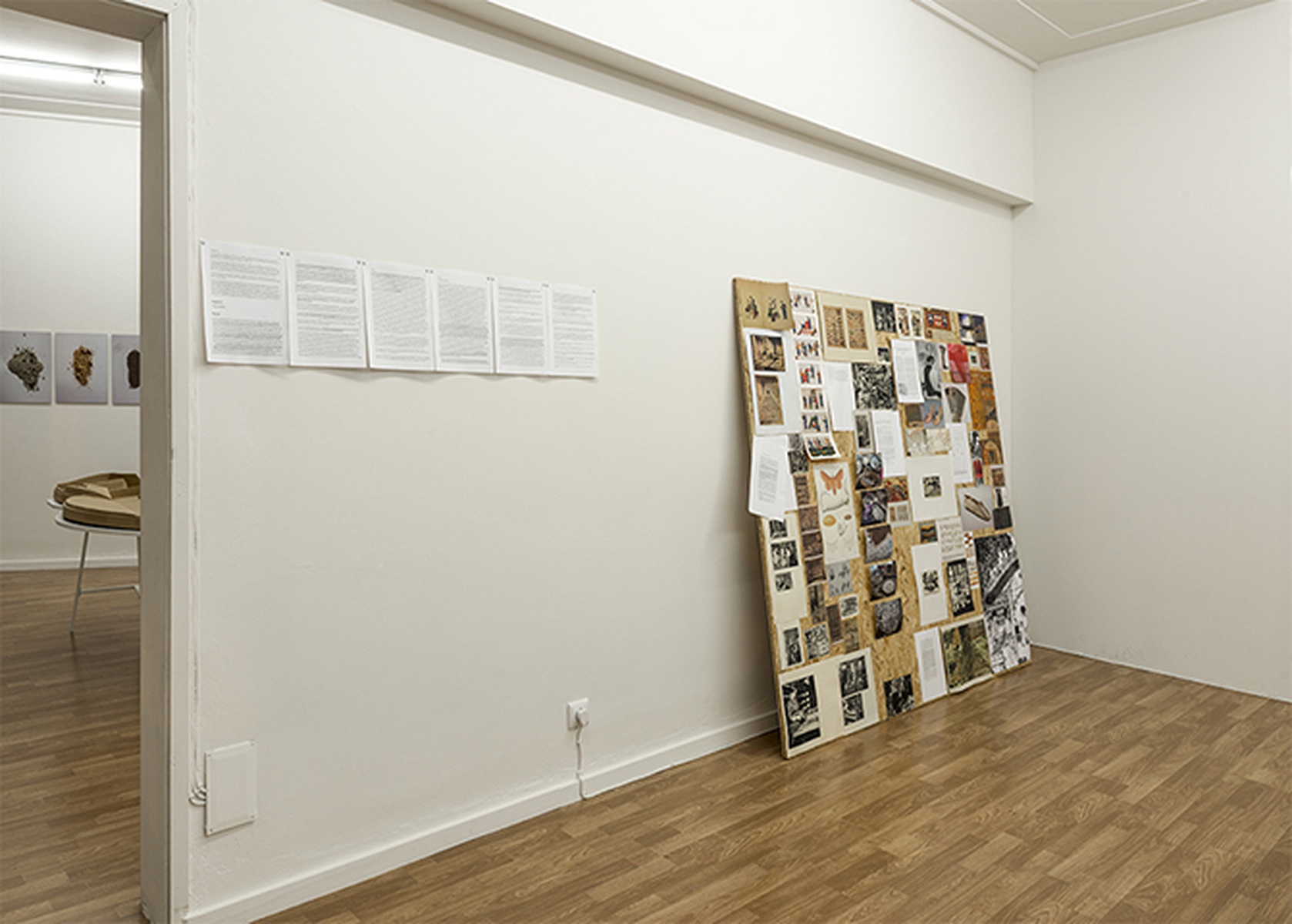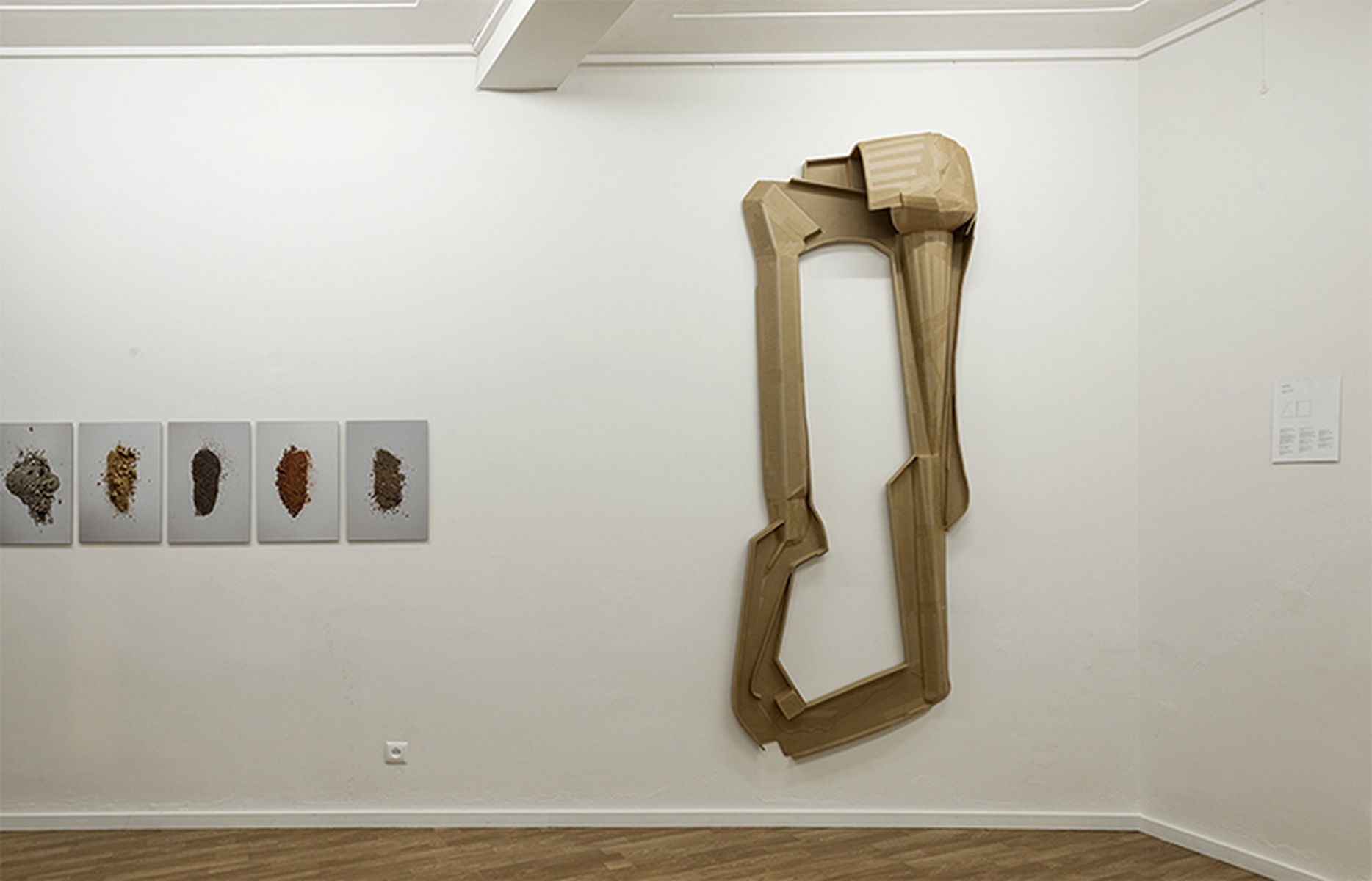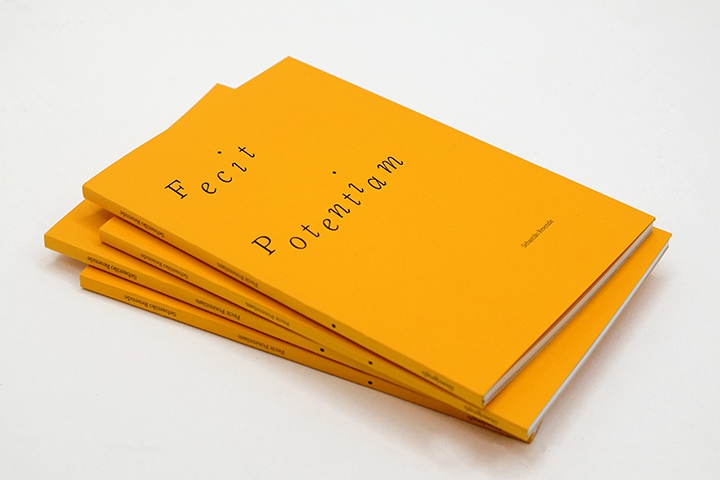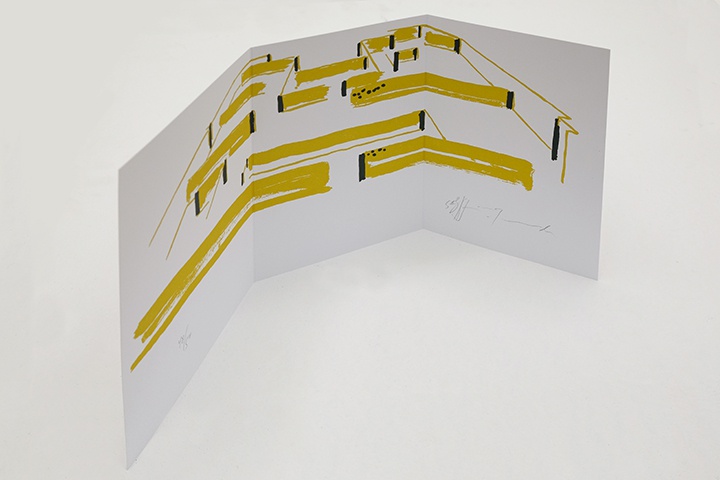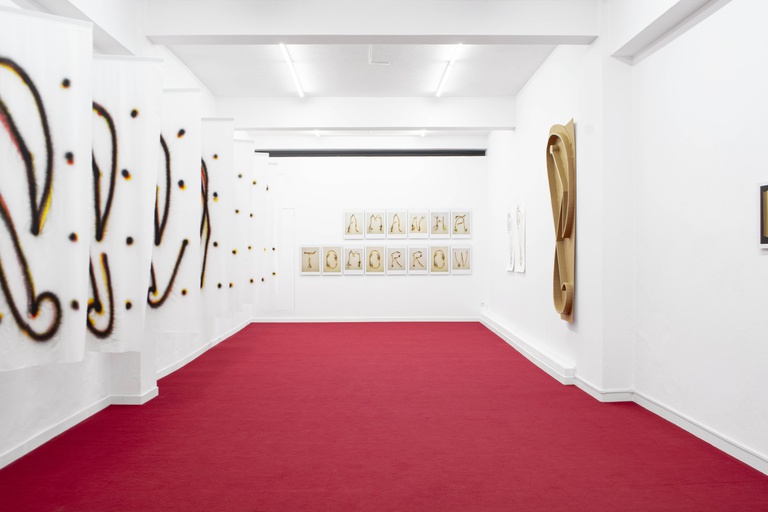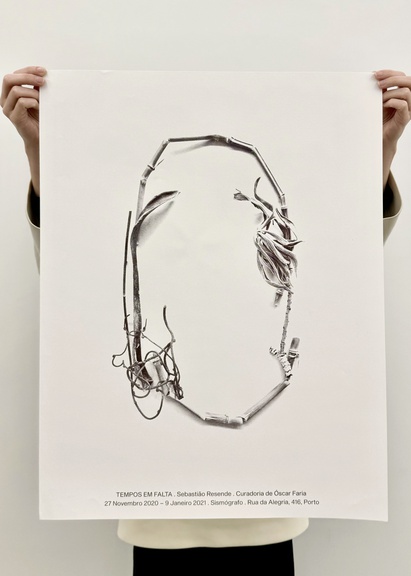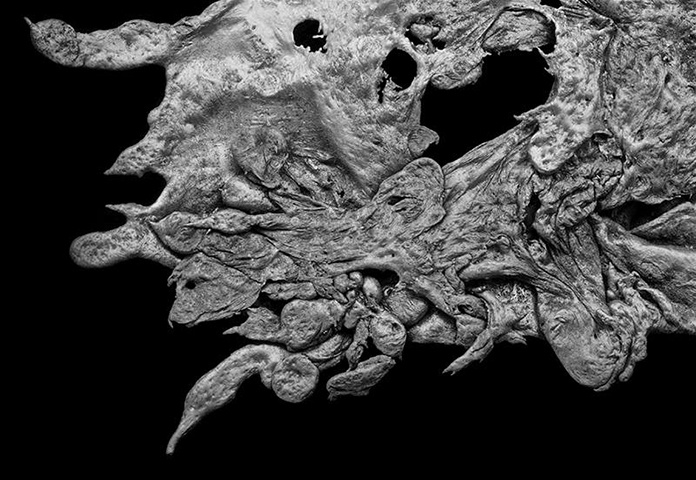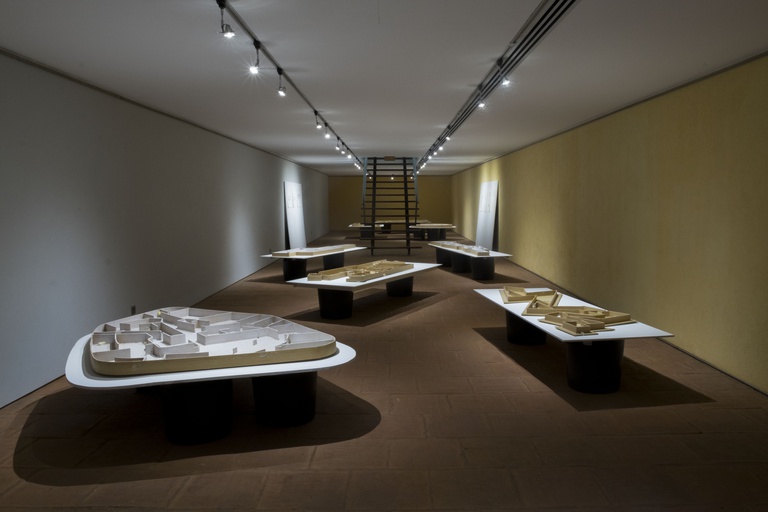Fecit Potentiam
Exhibition
8 Mar – 9 Apr 2014
Opening
Saturday, 8 March 16:00
Free admission
"Fecit potentiam" is the title of the exhibition by Sebastião Resende (Oliveira de Azeméis, 1954). Curated by Óscar Faria, the show was comprised by a collection of unseen works – sculpture, photography and installation –, that not only extend the lines of research developed previously by the artist, but also reveal a new body of investigation: an allegory about the metamorphoses of art and life made possible through the accompaniment of the transformation of the silkworm while it inhabits museum mock-ups. The works revealed could furthermore be interpreted as a commentary on the paradoxes and contradictions inherent to a type of art of conceptual slant that, even by making ideas and language its dominium, does nevertheless stop feeling the appeal for the production of real objects. In the first room of Sismógrafo, Sebastião Resende presented two sculptures of great dimensions, being that in one of them the artist has integrated a series of soils and sands from various geographies – from Cape Verde to Palestine. This work was placed in dialogue with eight photographs that, taking the images usually produced by institutional museums as a model, reveal the materials hidden in the interior of the sculptural piece. The next space was completely occupied by the work that also names the exhibition. "Fecit potentiam" was an installation comprised by a mock-up – where we recognise the Museum of Contemporary Art of Serralves –, images that document the different stages of its conception, sounds and an "atlas" dedicated to bombyx mori, the latin name of the moth that originates from the larvae most well known as silkworm. Inspired on the title of one the movements from J.S. Bach's Magnificat, precisely entitled Fecit Potentiam, Sebastião Resende's exhibition translates somehow a will to transgress social, institutional and economic limits, which still condition both artistic practice and the modes of access and transmission of a knowledge in constant mutation. Looking at the marks, residues and organic mater that still inhabit the mock-up shown at Sismógrafo, we cannot but wonder of a desired heretical invasion of a space, the museum, more subject than ever to a mausoleum condition. As written in the Canticle of Mary, from the Gospel of Luke, the text that served as a basis for the German composer to structure his piece and here appropriated as a metaphor for the creative act: "He hath shewed might in his arm: he hath scattered the proud in the conceit of their heart. He hath put down the mighty from their seat, and hath exalted the humble. He hath filled the hungry with good things; and the rich he hath sent empty away." There is a potential to achieve. The example comes from the short life of the larvae that transforms into moth, to soon die. As Giorgio Agamben refers: "We should still measure all the consequences of that figure of potential, which, in the act of giving up to herself, is saved and able to grow. She makes us rethink from scratch not only the relation between the potential and the act, between the possible and the real, but also to consider in a new way, in aesthetics, the status of the act of creation and completion of a work, and, in politics, the problem of the conservation of constituent power in the power constituted."
Exhibition
8 Mar – 9 Apr 2014
Opening
Saturday, 8 March 16:00
Free admission

